The Durrett class cruiser is one of the most flexible starship designs in Starfleet’s inventory. Second only to its larger cousin, the Reliant class, the Durrett excels in the arena of multi-mission starship design. Able to perform research missions and military support missions equally well, the Durrett is always a favorite among those having served aboard them.
The Durrett was designed at the time when the Anton class was ending its career. Needing another research vessel to replace the Anton class, the Durrett class was chosen as its replacement. With its one nacelle configuration, the Durrett had less power than the Anton Mk IV, but the Durrett design utilized its available power more efficiently. Overall, the Durrett had better maneuverability, better shielding, and more flexible weaponry than the Anton.
As the Durrett project was nearing completion at the Sol II shipyards, the USS Reliant, an Anton class cruiser, had just completed the first of several experimental upgrades to its spaceframe. These upgrades eventually culminated in the Reliant class. Starfleet did not hesitate, however, to continue both projects: only nine Anton class cruisers were still in service to be refitted to Reliant class standards. With a large hole in Starfleet’s dedicated research vessel inventory, the Reliant and Durrett began production simultaneously. The success of the Reliant upgrade did lead to significant changes in appearance and fit out compared to the prototype, although most key systems remained unchanged.
| Class: | VIII | Year: | 2268 | |
| Ship Source: | Based on FASA Durrett | Ship Datasheet: | Download PDF | |
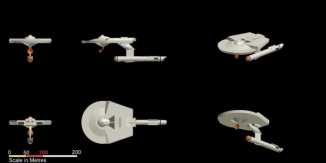




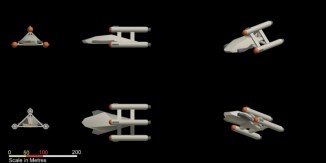

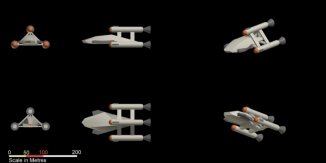

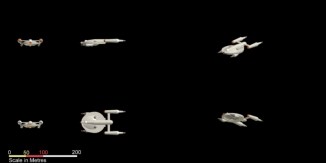 Commissioned Ships:
Commissioned Ships:
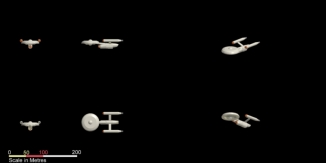

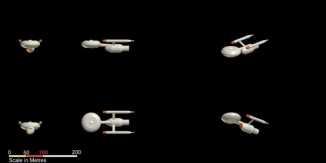

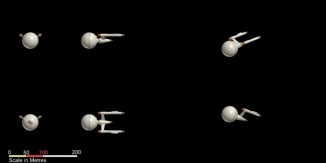

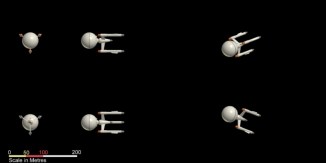

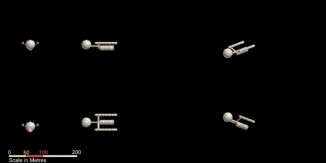
You must be logged in to post a comment.